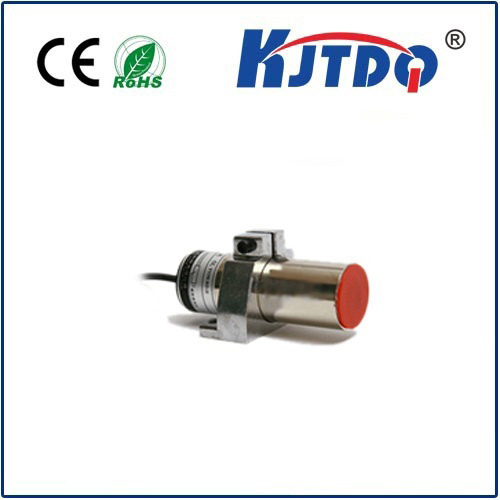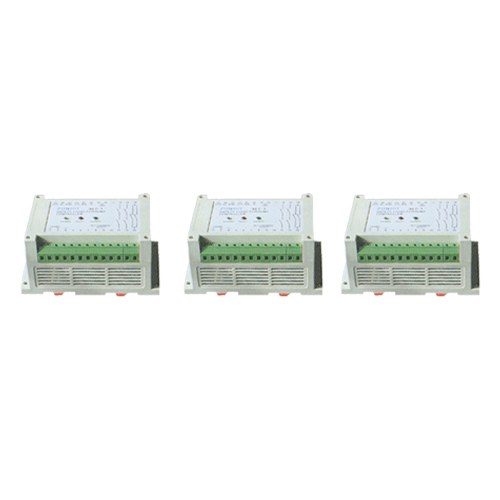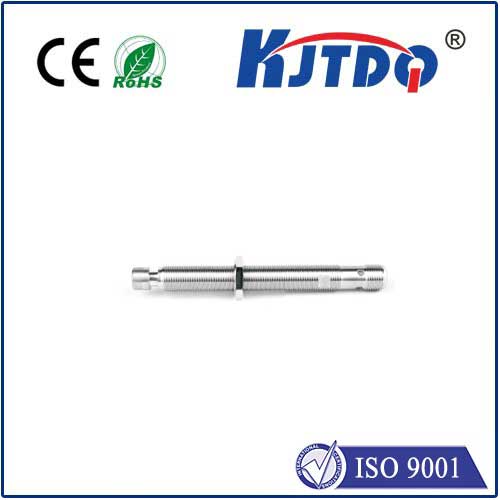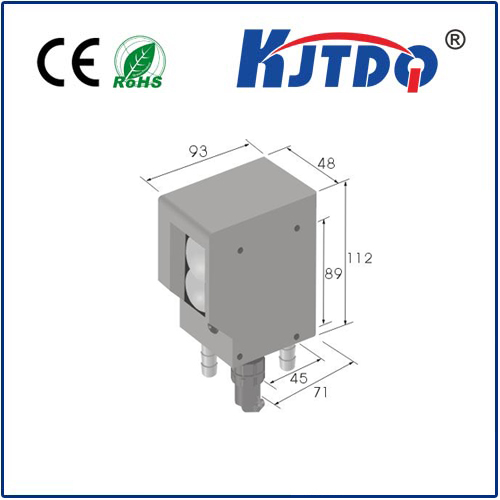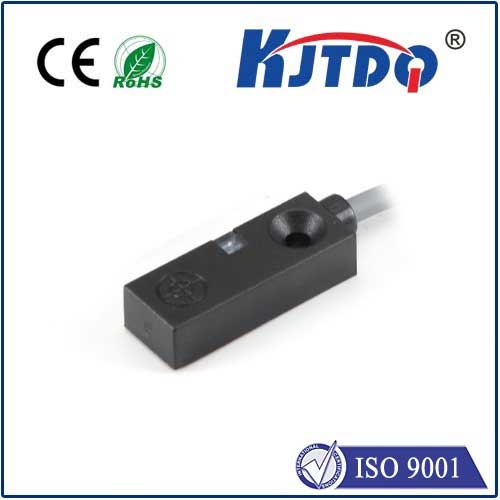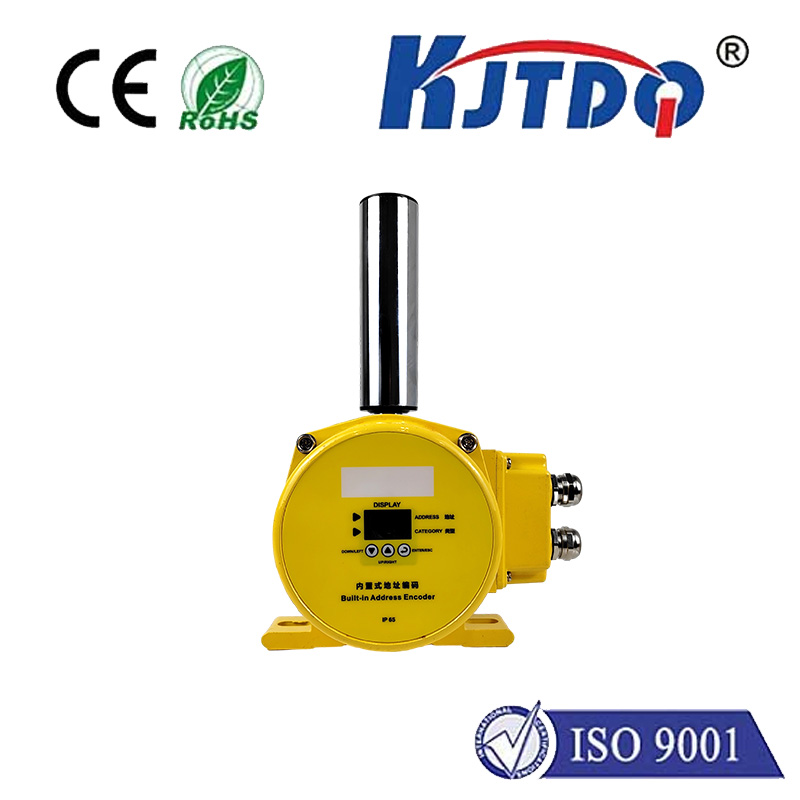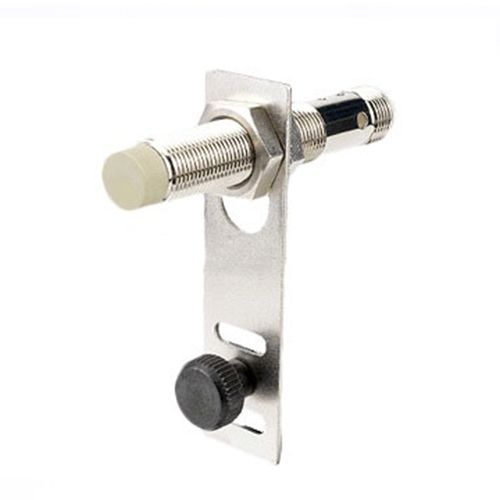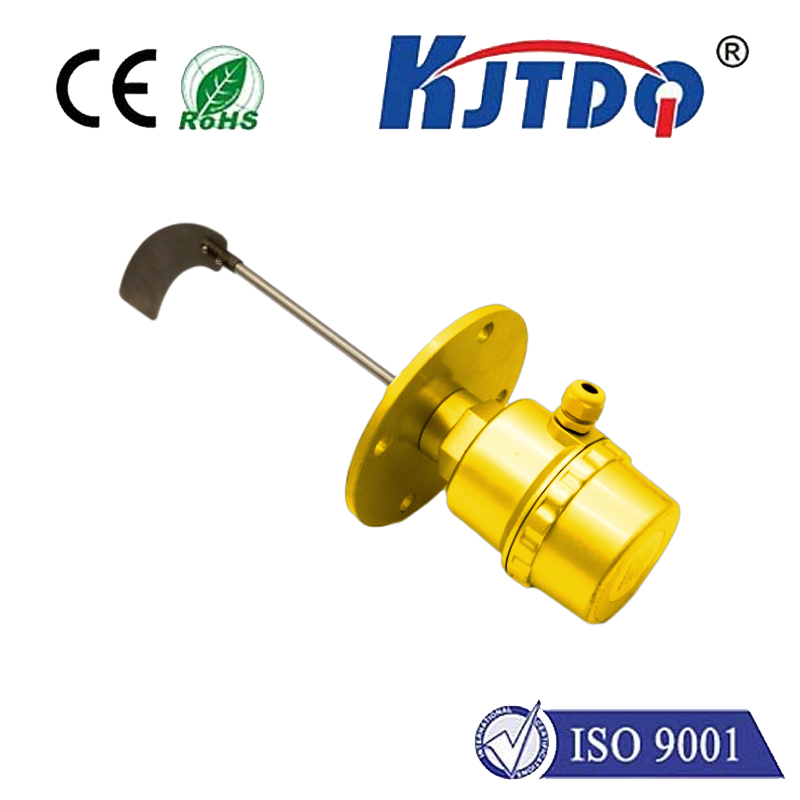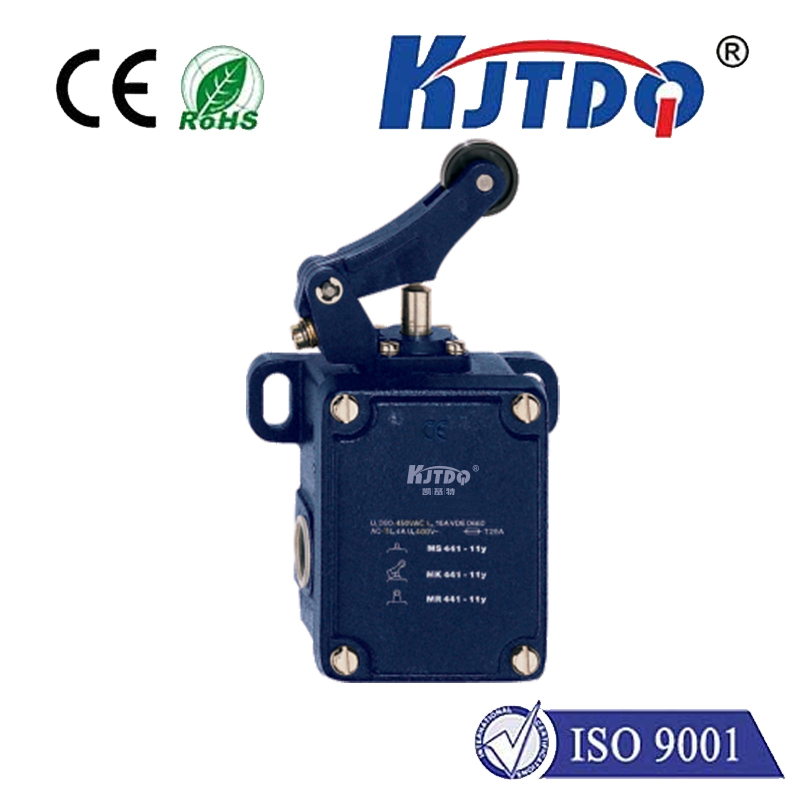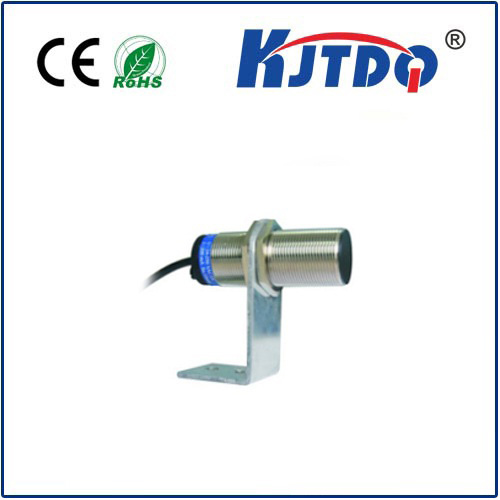inline temperature sensor
- time:2025-08-20 03:47:52
- Нажмите:0
Inline Temperature Sensors: The Key to Precision Monitoring in Critical Applications
Imagine controlling a complex chemical reaction, managing pasteurization in a dairy line, or ensuring optimal conditions in a pharmaceutical bioreactor without knowing the exact temperature within the flowing liquid or gas. It’s akin to piloting a ship blindfolded. This is where the inline temperature sensor becomes indispensable. Unlike surface-mounted probes that infer internal temperatures indirectly, inline sensors are integrated directly into pipes, ducts, or vessels, providing direct contact and real-time measurement of the process medium itself. This fundamental placement is the cornerstone of their critical role in modern industrial control and quality assurance.
Understanding the Core Advantage: Direct Measurement
The defining characteristic of an inline temperature sensor is its installation directly within the flow path. Process fluid, steam, gas, or even powders flow over or around the sensing element. This direct immersion offers significant advantages:
- Unmatched Accuracy and Responsiveness: By eliminating the thermal lag associated with measuring through pipe walls or externally, inline sensors deliver readings that are far closer to the true temperature of the media. They boast millisecond response times, crucial for dynamic processes where temperature shifts rapidly.
- Minimized External Influence: Placement within the stream shields the sensor from ambient temperature fluctuations, drafts, or radiant heat from nearby equipment, which can significantly skew readings from externally mounted sensors.
- Representative Sampling: The sensor measures the temperature of the core flow, providing a true representation of the condition of the material being processed, essential for consistent quality and safety compliance (e.g., food safety regulations like HACCP).
Where Precision Matters Most: Key Applications

The real-time temperature monitoring capabilities of inline sensors make them vital across diverse sectors demanding strict thermal control:
- Chemical & Petrochemical Processing: Monitoring reaction temperatures for yield optimization and safety, controlling distillation columns, ensuring proper catalyst activity, and safeguarding against runaway reactions. Reliable data is non-negotiable here.
- Pharmaceutical & Biotechnology: Maintaining precise temperatures during sterilization (SIP - Steam-In-Place), fermentation, cell culture, lyophilization (freeze-drying), and critical fluid transfers to ensure product efficacy, purity, and compliance with GMP regulations. Accuracy within fractions of a degree is often required.
- Food & Beverage Production: Critical for pasteurization, sterilization (UHT), cooking, cooling, fermentation (beer, yogurt), and refrigeration. Inline sensors ensure pathogens are destroyed, shelf life is achieved, and flavor profiles are consistent. Compliance with food safety standards hinges on verifiable temperature data.
- HVAC & Building Management: Optimizing chiller and boiler operation, monitoring district heating/cooling lines, and ensuring efficient energy transfer within fluid loops for climate control systems.
- Power Generation: Monitoring feedwater temperature, steam lines, coolant loops, and combustion processes within boilers and turbines for efficiency and equipment protection.
- Water & Wastewater Treatment: Controlling disinfection processes (chlorine contact tanks), anaerobic digestion temperatures, and monitoring effluent streams.
Selecting the Right Inline Sensor: Crucial Considerations
Choosing the optimal inline temperature sensor requires careful evaluation of your specific application:
- Temperature Range & Accuracy: Define the minimum and maximum temperatures the sensor will encounter and the required precision (e.g., ±0.1°C vs. ±1°C). This dictates the sensor type (RTD, Thermocouple, Thermistor).
- Process Media Compatibility: The sensor’s wetted parts (sensing tip, sheath, seal materials) must be chemically compatible with the fluid or gas to prevent corrosion, contamination, or sensor failure. Consider pH, abrasiveness, and potential cleaning agents (CIP - Clean-In-Place).
- Pressure Rating: The sensor assembly must withstand the maximum operating pressure within the pipe or vessel.
- Response Time: How quickly does the sensor need to detect temperature changes? Faster response times often require smaller sensor elements and thinner sheaths.
- Installation Requirements: Consider connection types (threaded, flanged, sanitary tri-clamp), immersion length requirements (ensuring sufficient contact with the flow core), and the need for thermowells (protective sleeves) for easy removal without process shutdown or in highly corrosive/abrasive media.
- Output Signal & Integration: Ensure the sensor’s output (RTD: Pt100, Pt1000; Thermocouple: Type J, K, T; or 4-20mA, 0-10V, digital protocols like Modbus) is compatible with your control system or data acquisition setup.
Beyond Basic Measurement: Integration and Intelligence
The role of inline temperature sensors is evolving beyond simple monitoring. Modern sensors are increasingly integrated into sophisticated control loops for continuous process control. They feed critical data to PLCs (Programmable Logic Controllers) and SCADA (Supervisory Control and Data Acquisition) systems, enabling automated adjustments to valves, heaters, coolers, and pumps to maintain precise setpoints. Furthermore, the rise of IIoT (Industrial Internet of Things) facilitates remote monitoring, predictive maintenance (detecting sensor drift or potential failure), and advanced data analytics for process optimization.
Implementing Success: Real-World Impact
The value proposition of a correctly specified and installed inline temperature sensor is clear:
- Enhanced Product Quality & Consistency: Precise thermal control is fundamental to achieving desired product characteristics, yield, and batch-to-batch uniformity.
- Improved Process Efficiency: Optimizing temperatures reduces energy consumption (e.g., minimizing overheating) and maximizes throughput.
- Guaranteed Safety & Compliance: Critical for preventing unsafe conditions (explosions, scalding), ensuring sterility, and meeting stringent regulatory requirements with auditable data trails.
- Reduced Waste & Downtime: Accurate control minimizes off-spec product and prevents costly process deviations or equipment damage caused by temperature excursions.
Выводы
The inline temperature sensor is far more than just a component; it’s a fundamental enabler of precision, safety, and efficiency in countless critical processes. Its ability to provide direct, real-time thermal data from the heart of the flow is unmatched. By understanding their core advantages, key applications, and selection criteria, engineers and operators can harness the full potential of inline temperature sensors to optimize operations, ensure quality, and maintain the highest standards of safety and compliance in an increasingly demanding industrial landscape. Investing in the right sensor technology is an investment in process excellence.

